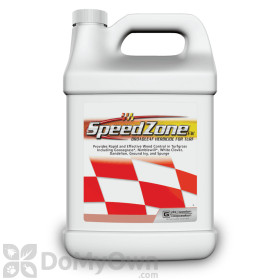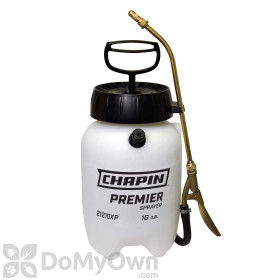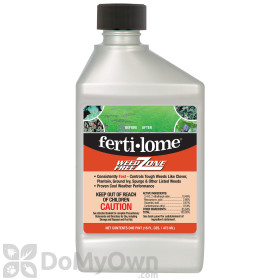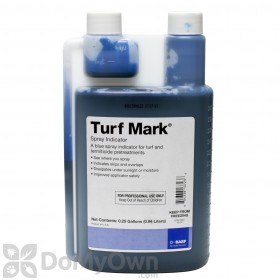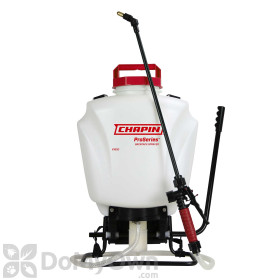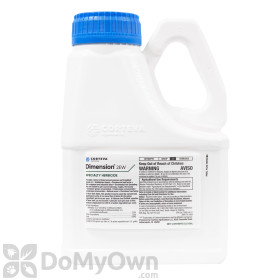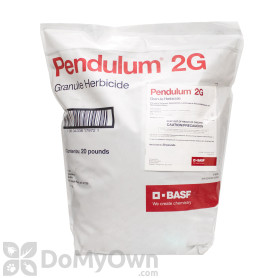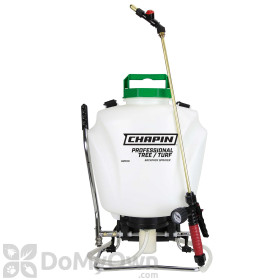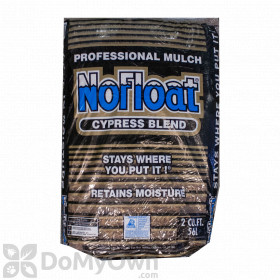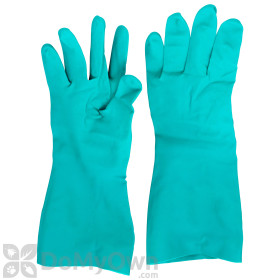
Several options may work well for you when attempting to remove henbit weeds from your property. We will detail the most commonly used and successful methods on this page to help you get rid of henbit like the pros.
Use a Post-Emergent Herbicide
A herbicidal treatment may be needed to eliminate the weed if cultivation efforts do not work. Consider a three-way herbicide (a product which uses three common and effective active ingredients: 2,4-D, MCPA and dicamba) in lawns of bermuda, zoysia, and fescue grasses, among others.
Be sure to consult the label of your selected product to confirm the exact application rate for your type of turf.
Select a Post-Emergent Herbicide
Choose a post-emergent herbicide labeled for use as a henbit killer.
- Consider Speedzone or TZone SE if the weeded area is in a cool season turf, where these products work best. Some popular cool-season grasses include tall fescue, Kentucky bluegrass, and ryegrass.
- For warm season grasses like Bermudagrass or St. Augustinegrass that are troubled by henbit weeds, Fertilome Weed-Out, or Avenue South can offer the weed-killing help you need.
- A product using Triclopyr like Crossbow is a good option for some pastures and industrial areas. Take extra care in selecting a product for use around any land where animals graze.
Make sure the post-emergent herbicide you select is labeled for use with the type of grass you have. Some post-emergents can be used on a wide variety of grasses while others can only be used on a few specific types of turf.
Products needed for Method 1A
Treat Your Lawn
Prepare your post-emergent herbicide mixture in a hand-pump sprayer, using the product labels to determine the amount of water-to-product needed. Be sure to wear protective gloves, long-sleeves, and closed-toe shoes when mixing and spraying the herbicide.
Watch the video below to learn how to apply post-emergent herbicides.
To help your treatment reach its maximum potential and to give it time to reach the roots of the henbit weed you wish to eliminate, wait a few days after your application to mow the grass.
Re-Treat Throughout the Summer

One post-emergent herbicide application may not be enough to kill all of the henbit in your lawn. Check the label of your post-emergent herbicide to determine how often you can re-treat your property. Continued treatment will increase the chance of the herbicide reaching the roots of the henbit weed and preventing further growth.
Consider a Pre-Emergent Herbicide
Pre-emergent herbicides stop henbit seeds from sprouting into new plants, breaking the cycle of henbit weed reproduction. To break the henbit growth cycle, the best time to apply a pre-emergent herbicide is in the fall, and again in the spring after soil begins to thaw, but before the soil temperature reaches 55 degrees. These two applications will interfere with the usual henbit germination period and help you get rid of henbit easily.
Our DoMyOwn experts have some great suggestions for the right products to use on your lawn for henbit prevention. Check out the recommended pre-emergent products below to take the right action against this common winter annual weed.
Products needed for Method 2
Control Henbit With Cultural Methods
Cultural control methods for henbit may prove effective, and can be attempted before chemical ones.
Where henbit already exists on your property, the weed may be dug out and obstructed with a layer of mulch to prevent further growth and spread. A three-inch layer of mulch is sufficient to reduce the growth of henbit and other weeds in beds or natural areas.
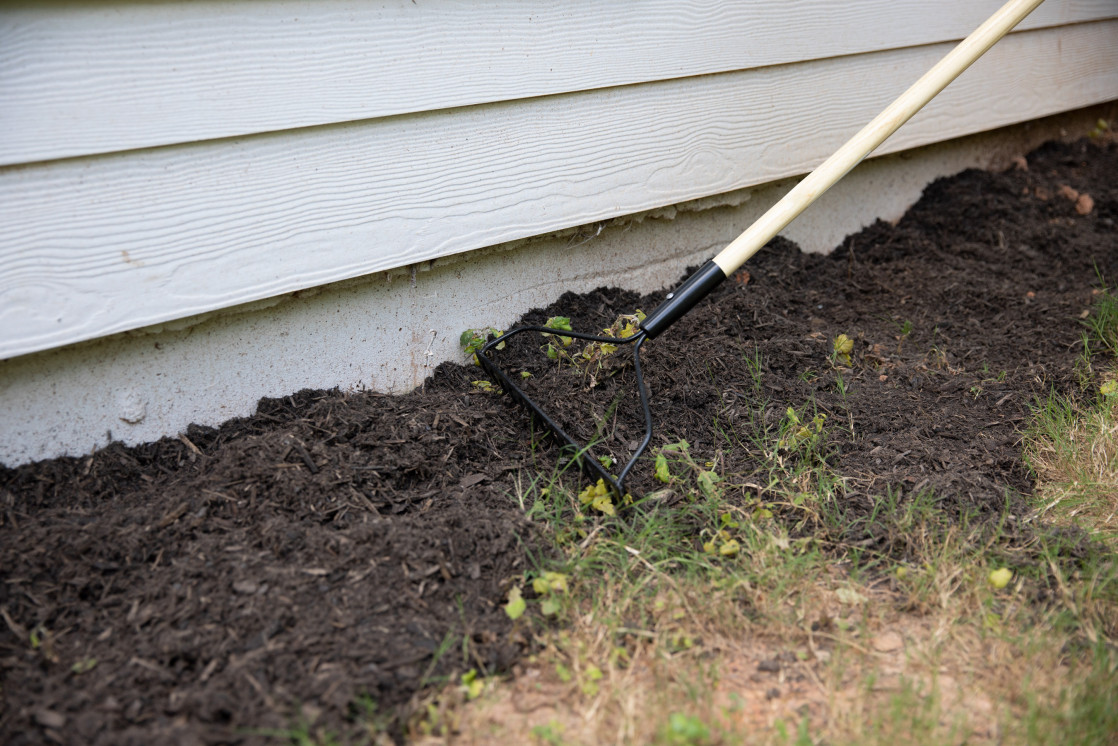
Post-emergent herbicide treatments can be used in conjunction with digging out weeds. After a weed is dug out, keep an eye on the ground where the plant was pulled from. If anything starts to grow back in that area, spray as soon as possible with your post-emergent weed killer.




